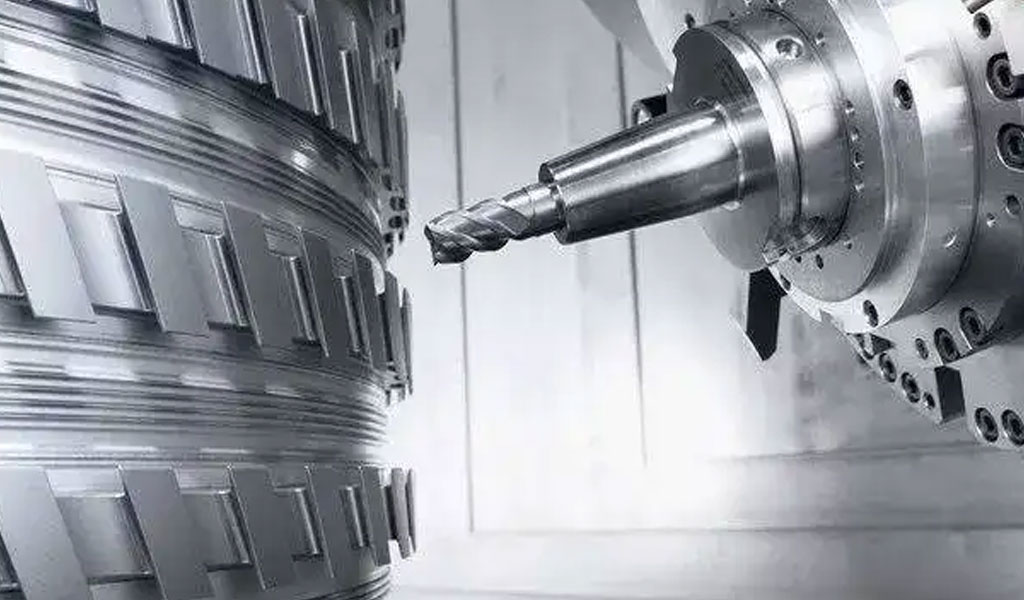As we all know, industrial aluminium profiles are an alloy material with aluminium as its main component, which is made by hot-melting aluminium rods and extruding them so as to obtain a divergent cross-sectional shape. Its specifications are thousands of models, according to different uses, can be made of different aluminium profile shells. So how can the thickness of the oxide film of the aluminium profile shell be detected? What kinds of methods are there? Aluminum profile shell oxide film thickness detection methods rux
- With eddy current thickness gauge for detection, eddy current thickness gauge on the probe in contact with the surface of the profile will produce a high-frequency electromagnetic field, so that the aluminum alloy under the film layer produces eddy current, but the surface of the oxide film is not conductive, the alternating electric field generated by the eddy current will change the parameters of the probe, the parameters are displayed on the instrument is the oxide film thickness. This film thickness detection method is convenient and quick, and is also the main detection method for our quality control personnel.
- Weight method, using the same material as the aluminium profile made of aluminium alloy test piece, 100 * 50mm thickness of 0.8-2mm, and aluminium profile with the same slot oxidation, in 60-70 degrees Celsius environment dry 30 minutes, and then weighing on a one-in-ten thousand balance. After weighing, the oxide film is then removed, washed with water, dried and weighed again, the difference in weight between the two times being the weight of the oxide film. The weight of the oxide film is used to calculate the thickness of the film. This method is more troublesome and is not generally used for measuring the oxide film of aluminium profiles.
- Voltage breakdown method detection, using a special voltage breakdown instrument to measure the voltage value of the oxide film is broken, this method is also relatively simple, you can directly read out the thickness of the oxide film on the instrument.
- Metallographic specimen observation method, the anodised aluminium profile, cut a part of the specimen, after processing with metallographic specimen method, placed under the microscope to observe the oxide film thickness. This method is a direct method of measuring the thickness of the oxide film.
The above test method on the thickness of the oxide film of the aluminium profile shell is shared here, in short, the anodic oxidation film thickness of different aluminium profiles is of different standards, for example, the oxide film thickness of industrial aluminium profiles requires 10μ, while the oxide film thickness of solar frame aluminium profiles generally requires AA15, which is 15μ.

